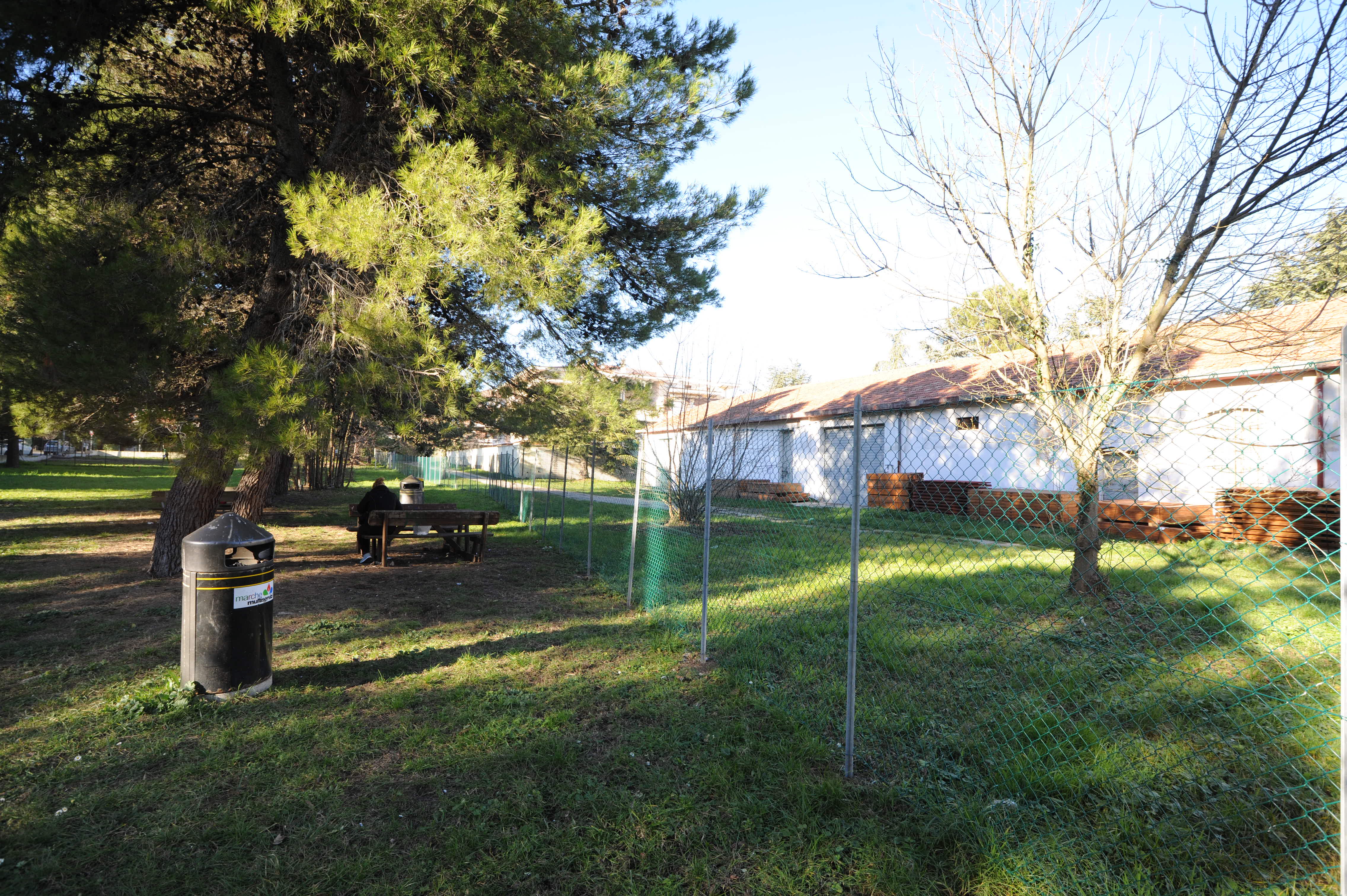New gym construction through the circular material banks concept
Despite the fact that the circular economy concept is gaining traction, buildings developed in accordance with the materials bank concept are still scarce.
Furthermore, in order to contribute to long-term sustainability, the adoption of new technologies to improve building energy efficiency must involve long-term needs, such as a higher demand for environmentally friendly building materials and a reduction in raw material consumption.
In addition, the analysis of the construction material flows is not appropriately handled.
The circular material banks idea was used to build a new gym.The goal of this case study is to show that by planning and selecting materials early in the design process, it is feasible to develop sustainable buildings whose materials can be disassembled rather than destroyed and repurposed.
To ensure that this result was achieved, competitive methods with specific criteria for material flow monitoring were implemented. Bidders were also required to provide LEED certification at least at the gold level.
To achieve an increase in the number of sustainable public buildings, the design process must consider the building's life cycle in order to plan its dismantlement and reuse the bulk of the construction components.
In the case of public buildings, the call for tender must include explicit instructions on how to monitor material flows to minimize waste material and at the same time decrease the ecological footprint of the building as a whole through the choice of materials with low environmental impact.
In order for this GPP paradigm to become mainstream practice, it must be widely disseminated.
Although this case study is a small example of how the material banks concept can be applied in the design process and how the results can be assured through the GPP, it demonstrates that design at the early stage is effective and that through the GPP, the market is shifted toward circular thinking and a circular maintenance and operations strategy.
As The Environmental Protection Agency defines sustainable construction as “the practice of creating structures and using processes that are environmentally responsible and resource-efficient throughout a building’s lifecycle, from siting to design, construction, operation, maintenance, renovation and deconstruction” this case study would be a concrete example of the sustainable construction mentioned.There are two things that go into sustainable construction: the materials that are used and the methods that are utilized. Certified sustainable materials aid the environment by lowering the carbon footprint of buildings that employ them. They contribute to a cleaner environment and a more sustainable future while also being more visually attractive and efficient.
Sustainable construction isn’t just about using the sustainable materials; it’s also about using building planning methods that enhance renewable and sustainable efforts such as construction material flow management during the building life cycle, design process and construction site management.




